Astronomers at European Southern Observatory's (ESO) Cerro Paranal facilities in Chile have uncovered spectacular new images of the Orion A molecular cloud, the nearest known massive star factory, lying around 1350 light-years away from Earth.
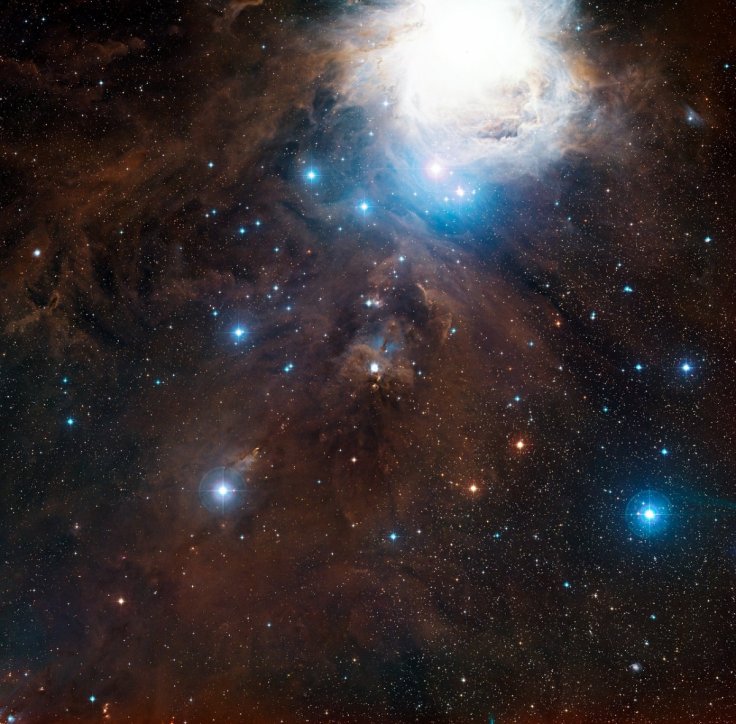
These near-infrared high-resolution images taken by the Visible and Infrared Survey Telescope for Astronomy (VISTA), are the most detailed view yet of the massive stellar nursery.

Pictured here is the Orion A molecular cloud, a dense region filled with cosmic gas and dust that tend to block the vision of thousands of the blooming baby stars lying within. Orion A is one of the two giant molecular clouds in the Orion Molecular Cloud (OMC) complex. Orion A is located about 8 degrees south of Orion's sword in the constellation Orion the Hunter.
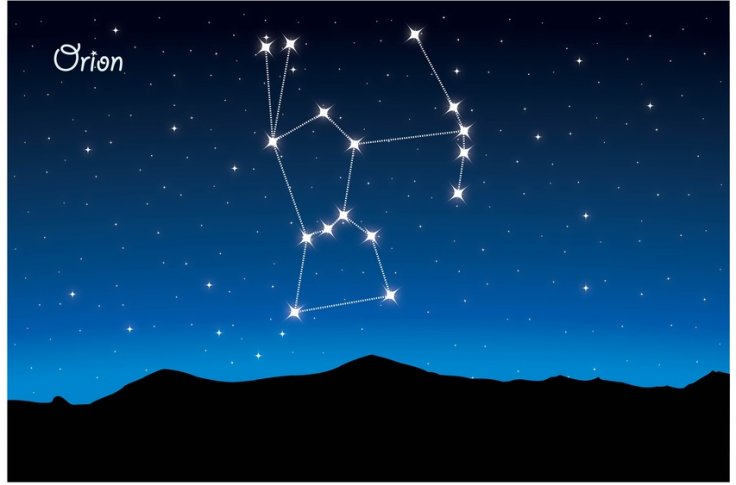
Using the powerful VISTA astronomers were able to gaze through the haze and identify nearly 800,000 celestial objects, including new stars, protostars, distant galaxies lying far beyond the Milky Way and also dusty disks of soon-to-be blazing balls of nuclear fusion.
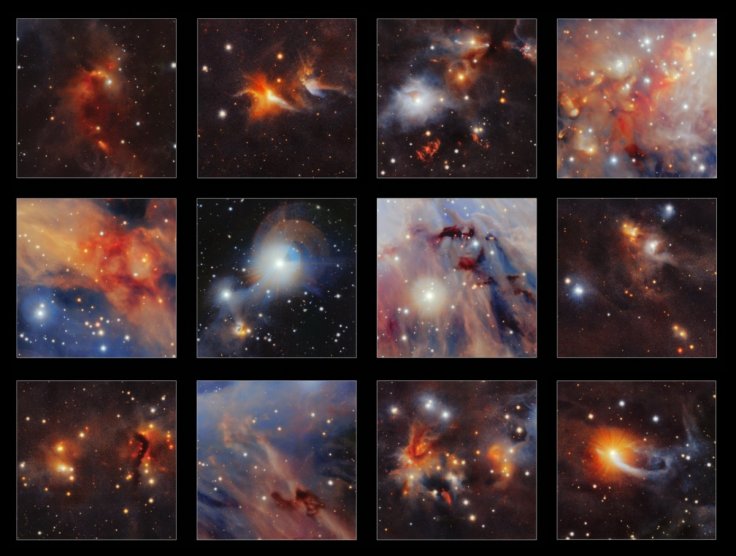
VISTA is world's largest dedicated survey telescope and has a large field of view imaged with very sensitive infrared detectors, characteristics that made it ideal for obtaining the deep, high-quality infrared images required by this ambitious survey. It can see through the things that are normaly invisible to the human eye and other optical telescopes.
Very young stars that cannot be seen in visible-light images are revealed when observed at longer infrared wavelengths, where the dust that shrouds them is more transparent.
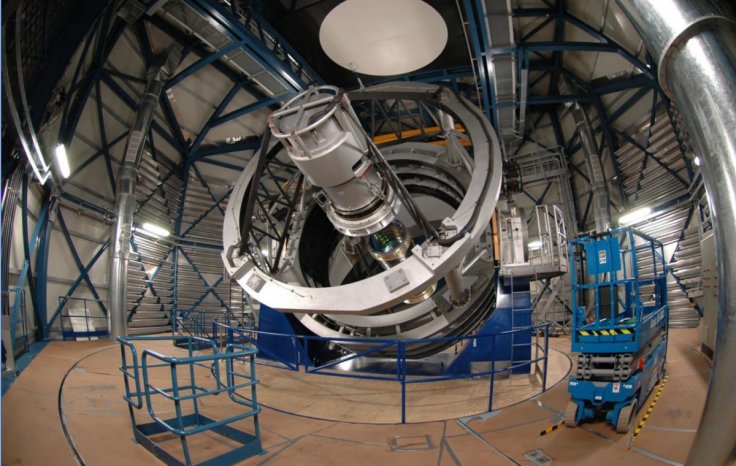
These images, which are a part of the Vienna Survey In Orion (VISION) sky survey, a project based at the University of Vienna in Austria, are not all new discoveries but the researchers did identify five new protostar candidates — freshly forming stars-to-be — in the stellar nursery. Several potential new galaxy clusters were also spotted in the region.
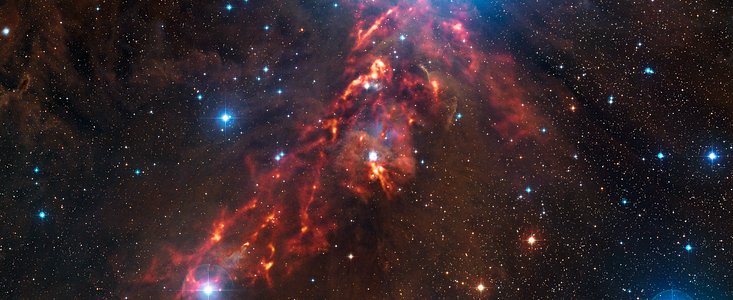
VISION seeks to map all of the star-forming clouds within 1,600 light-years of Earth that are visible from the Southern Hemisphere. You can explore the image in an interactive app on the VISION website.
"This represents better depth and coverage than any other survey of this region to date," ESO officials said in a statement. Previous near-infrared surveys of Orion A "are limited in their depth and sensitivity, and/or only cover a fraction of the entire molecular cloud," the study's authors wrote in their research paper, which was published on January 4 in the journal Astronomy & Astrophysics.
The new image represents a step towards a complete picture of the star formation processes in Orion A. The most spectacular object is the glorious Orion Nebula, also called Messier 42, which can be seen towards the left of the image. This region forms part of the sword of the famous bright of Orion The Hunter. The VISTA catalogue includes five new young stellar object candidates and ten candidate galaxy clusters.
The VISION survey allows the earliest evolutionary phases of young stars within nearby molecular clouds to be systematically studied.
- Scientists find dwarf galaxy to be the source of mysterious Fast Radio Bursts
- 2017 a year of UFOs and Aliens? ET hunters watch for huge, 'incoming' piece of disclosure
- Alien news: Spider-shaped humanoid found on Mars fuels speculations of extraterrestrial life
- Review: 'Arrival' of a new kind of Alien









